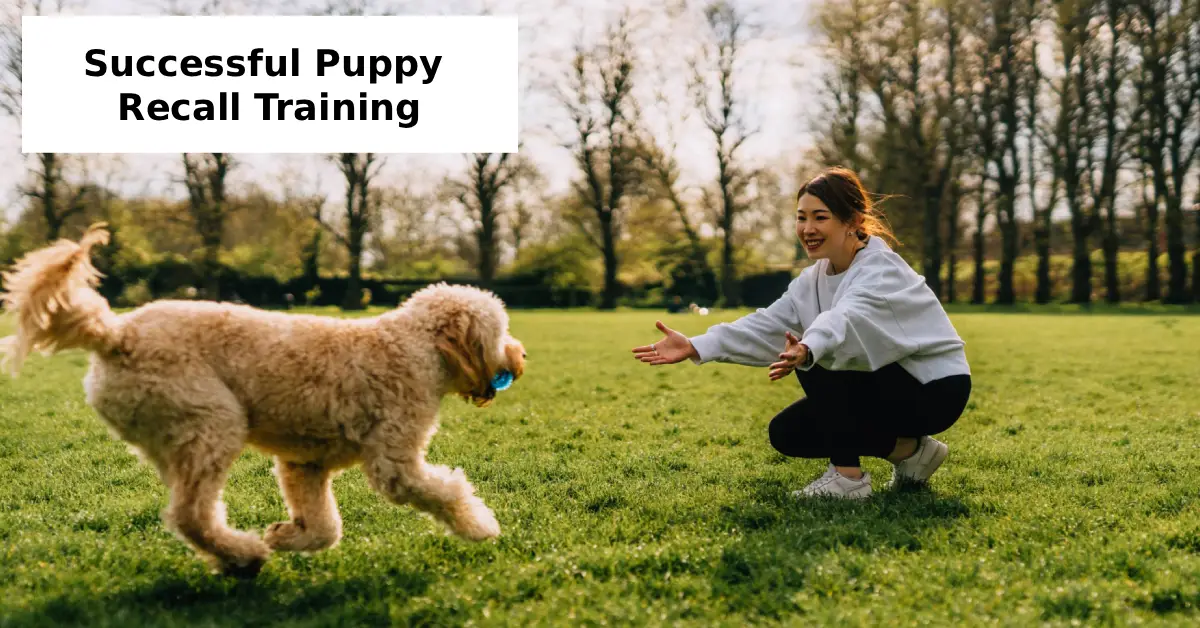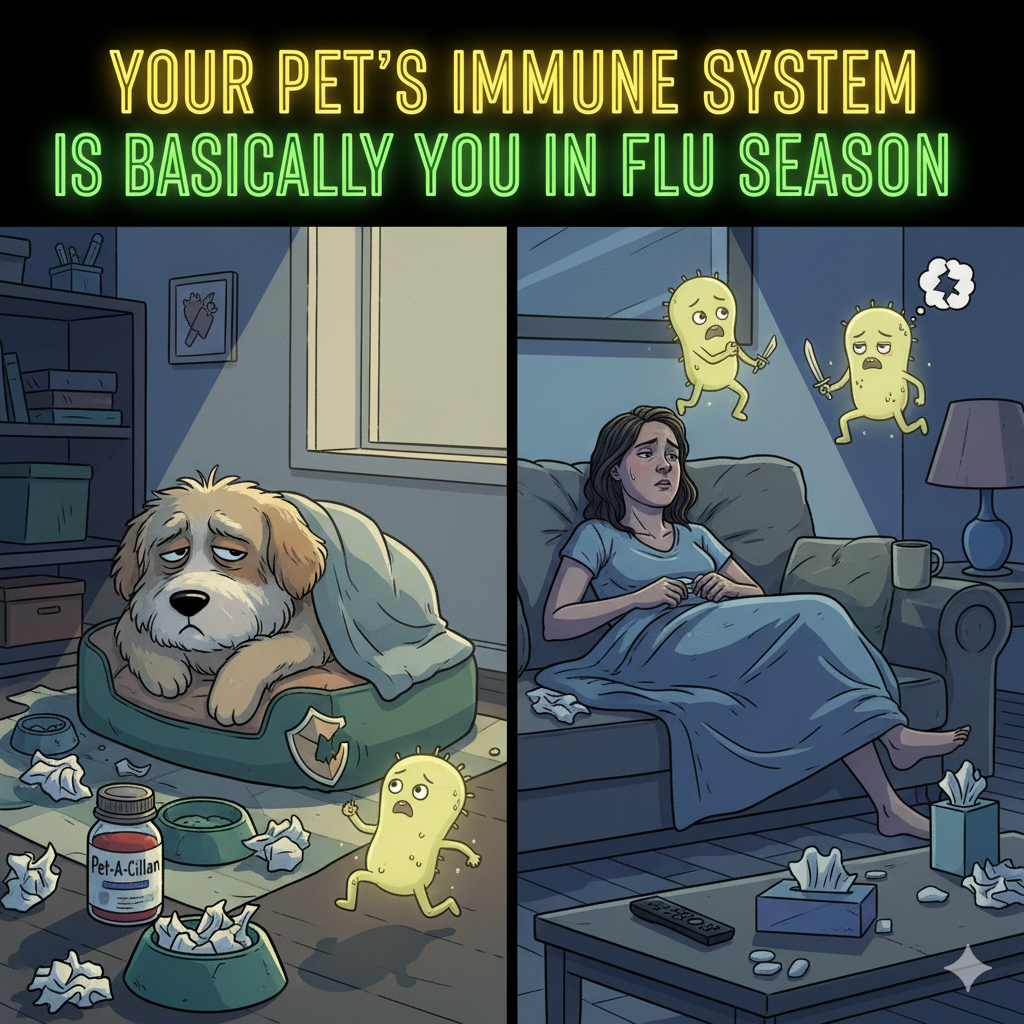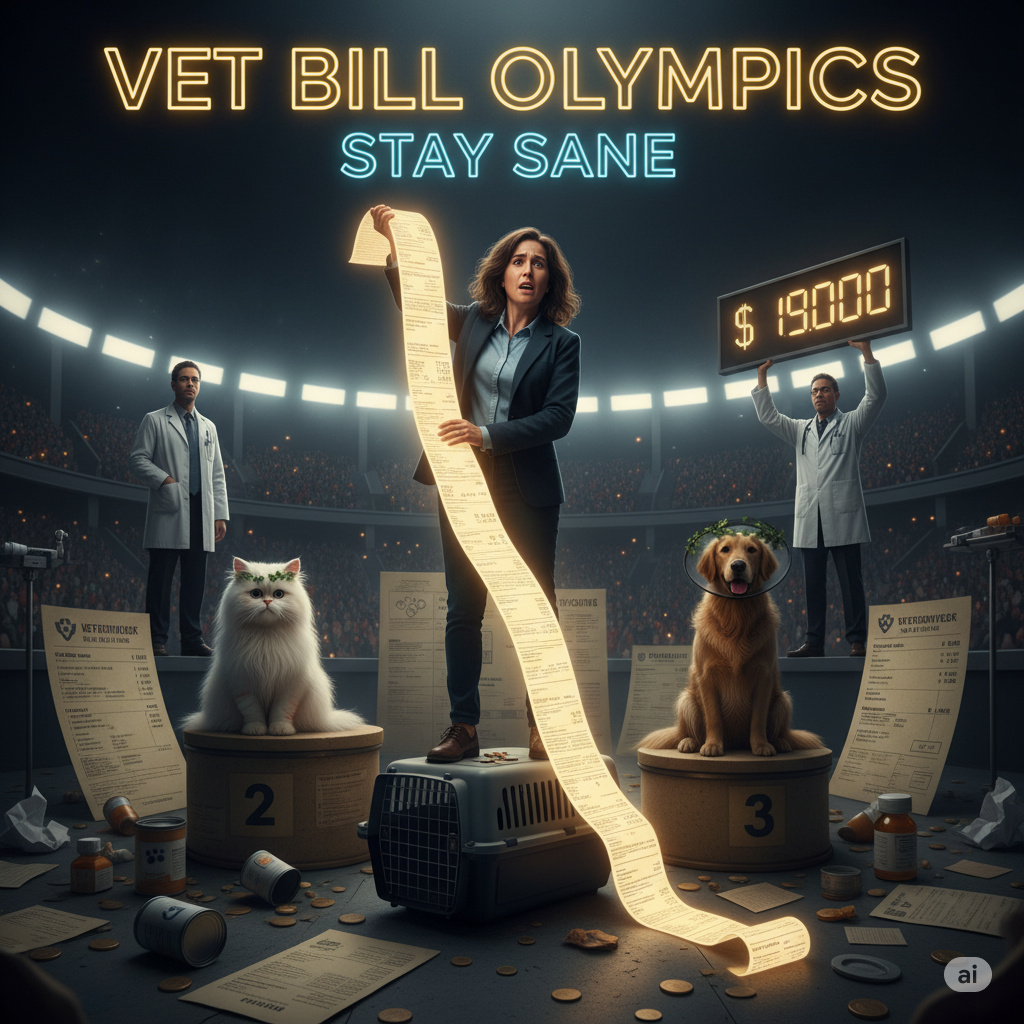Puppy recall training is one of the most crucial skills any dog parent can teach their furry friend. Whether you’re a first-time dog trainer, a new puppy owner, or a pet enthusiast using positive reinforcement, having a reliable “come” command can be a literal lifesaver.
Recall training doesn’t just prevent runaways—it builds trust, boosts safety, and creates the freedom for off-leash play, hiking, and dog park fun. Especially for urban and suburban pet owners, successful recall training helps your puppy enjoy controlled freedom without fear.
In this blog, you’ll discover expert-approved secrets to successful puppy recall training, ideal for families with young kids and puppies, dog parents with recall struggles, and even US-based dog trainers coaching their clients. Let’s dive into building a reliable recall from the start!
What Is Puppy Recall Training?
Puppy recall training refers to teaching your dog to respond immediately and consistently when you call them. The basic goal is to train your puppy to come every time—happily and without hesitation.
Think of recall as your dog’s safety anchor. From puppy come command training to off-leash recall training, consistency is key.
When to Start Recall Training
Start early. The best time to introduce puppy recall training is between 8 to 16 weeks old—right when you’re in the new puppy owner phase. At this age, puppies are eager to bond and naturally inclined to stay close. This window is ideal for reinforcing positive behavior before distractions take hold.
If your puppy is older or a rescue, don’t worry! Recall training for stubborn puppies is still possible—it just takes a little extra patience and consistency.
Step-by-Step Guide: How to Train a Puppy to Come When Called
Let’s break down the process into easy, actionable steps.
1. Choose a Consistent Cue Word
Start with a recall cue like “Come,” “Here,” or a whistle. Keep it short, cheerful, and always use the same word.
2. Create a Positive Association
Use positive reinforcement recall training by associating your recall word with high-value rewards—treats, praise, or a favorite toy.
3. Begin Indoors With Zero Distractions
Call your puppy from a few feet away. As soon as they look or move toward you, reward immediately. Even if they take a few steps, celebrate the effort!
4. Add Distance Gradually
Increase the distance slowly. Once your puppy consistently responds indoors, move to the backyard or a quiet park.
5. Use a Long Line for Outdoor Practice
A long leash allows safe training while giving your puppy a sense of freedom. It’s excellent for off leash recall training simulations.
6. Practice with Distractions
Eventually introduce low-level distractions like other dogs or kids. Increase intensity as your puppy gets more reliable.
7. Never Punish Failure to Recall
If your dog doesn’t come, never punish or scold. This breaks trust and teaches them that “come” might lead to negativity.
Best Recall Techniques for Puppies
Here are some puppy recall training tips based on expert experience:
- Jackpot Rewards: Occasionally offer a mega-reward (e.g., chicken or cheese) to surprise and reinforce strong recalls.
- Run Away from Your Dog: Sounds strange, but turning and running away often triggers a puppy to chase you—then reward them!
- Recall & Release: Don’t always end fun after recall. Sometimes call your puppy, reward, and let them go back to play. This prevents the “come = leash time” association.
- Name + Cue: Use your dog’s name first, then a beat, then the recall command. Ex: “Bella… Come!”
These strategies work great for dog recall training at home, parks, or hikes—ideal for pet parents preparing for off-leash parks.
Common Puppy Recall Mistakes to Avoid
Even seasoned trainers make mistakes. Avoid these pitfalls:
- Repeating the Command: Don’t keep saying “Come, come, come.” Say it once and wait.
- Using Recall to End Fun: Always calling your dog just to go home can make them avoid recall.
- Lack of Motivation: Low-value rewards = low motivation. Use treats your dog truly loves.
- Unreliable Training Environments: Too many distractions too early can sabotage progress.
Real-World Scenarios to Practice Recall
Training in varied real-life situations helps strengthen recall in any context:
- During play at dog parks
- On hiking trails (with a long lead)
- In your backyard with squirrels around
- From another room when your dog is distracted
Remember, train your puppy to come every time, not just when it’s convenient.
Tools That Help in Puppy Recall Training
The right tools make a big difference in recall success:
- Clickers for marking behavior
- High-value treats (chicken, cheese, freeze-dried liver)
- Long leashes (15–30 feet)
- Whistles (for distant or emergency recall)
If you’re into positive reinforcement dog training, these tools align perfectly with your methods.
Recall Training for Stubborn Puppies
Some puppies may seem “deaf” when called. Don’t worry—recall training for stubborn puppies just requires more patience. Use these hacks:
- Increase reward value
- Decrease distractions temporarily
- Reward proximity (start with short recalls)
- Keep training sessions short but frequent
Consistency and positive reinforcement recall training always win, even with the most independent pups.
Reinforcing Recall Training as Puppies Grow
Your puppy’s reliable recall at 3 months might disappear at 6 months due to adolescence. Here’s how to stay ahead:
- Refresh training weekly
- Reinforce good behavior outdoors
- Avoid using recall only in negative contexts
- Build stronger rewards for outdoor recalls
Dog trainers often call this the “teenage dog phase,” so keep practicing, especially with first-time dog trainers or pet training blog readers and YouTube viewers following along.
Online Puppy Training Courses Can Help
Struggling despite your best efforts? Many people looking for online puppy training courses benefit from structured guidance. Platforms like Zak George’s YouTube channel or courses from the AKC offer step-by-step, video-based recall programs using positive reinforcement.
Puppy Recall Training Success Stories
Many US-based dog trainers marketing to clients share testimonials of dogs that used to ignore recall now enjoying safe off-leash play. Real-world success often comes from staying consistent, rewarding big, and keeping it fun.
One success story from a family in Colorado: “Our lab mix wouldn’t come at the dog park—ever. After 3 weeks of consistent practice using cheese cubes, she now runs to us like we’re Disney characters!”
Final Thoughts:
Puppy recall training isn’t just a command—it’s a connection. It builds confidence, keeps your pup safe, and creates the kind of relationship every pet parent preparing for off-leash parks or hiking dreams of.
Whether you’re working with an 8-week-old pup or a rebellious 6-month-old, the secret to success is consistency, patience, and positivity.
Keep rewarding, keep practicing, and soon, your puppy will come bounding back to you—tail wagging, ears flopping, heart full.





